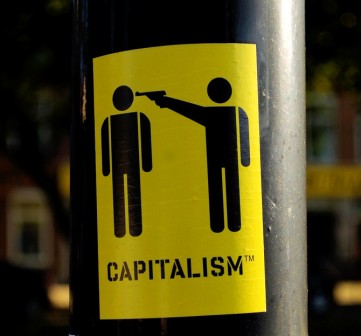AlterNet | Prop 19 will open up California to hemp, a multi-billion-dollar crop that has been a staple of human agriculture for thousands of years.
Hemp is the far bigger economic issue hiding behind legal marijuana.
If the upcoming pot legalization ballot in California were decided by hemp farmers like George Washington and Thomas Jefferson, it would be no contest. For purely economic reasons, if you told the Constitutional Convention in 1787 that the nation they were founding would someday make hemp illegal, they would have laughed you out of the room.
If California legalizes pot, it will save the state millions in avoided legal and imprisonment costs, while raising it millions in taxes.
But with legal marijuana will come legal hemp. That will open up the Golden State to a multi-billion-dollar crop that has been a staple of human agriculture for thousands of years, and that could save the farms of thousands of American families.
Hemp is currently legal in Canada, Germany, Holland, Rumania, Japan and China, among many other countries. It is illegal here largely because of marijuana prohibition. Ask any sane person why HEMP is illegal and you will get a blank stare.
For paper, clothing, textiles, rope, sails, fuel and food, hemp has been a core crop since the founding of ancient China, India and Arabia. Easy to plant, grow and harvest, farmers---including Washington and Jefferson---have sung its praises throughout history. It was the number one or two cash crop on virtually all American family farms from the colonial era on.
If the American Farm Bureaus and Farmers Unions were truly serving their constituents, they would be pushing hard for legal pot so that its far more profitable (but essentially unsmokable) cousin could again bring prosperity to American farmers.
Hemp may be the real reason marijuana is illegal. In the 1930s, the Hearst family set out to protect their vast timber holdings, much of which were being used to make paper.
But hemp produces five times as much paper per acre as do trees. Hemp paper is stronger and easier to make. The Declaration of Independence was written on hemp paper, and one of Benjamin Franklin’s primary paper mills ran on it.
But the Hearsts used their newspapers to incite enough reefer madness to get marijuana banned in 1937. With that ban came complex laws that killed off the growing of hemp. The ecological devastation that’s followed with continued use of trees for paper has been epic.
























